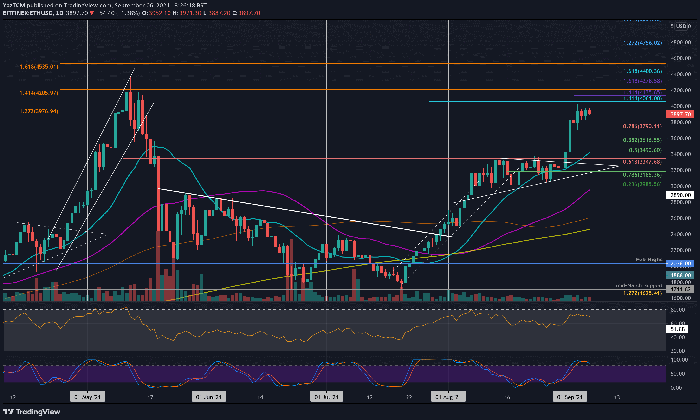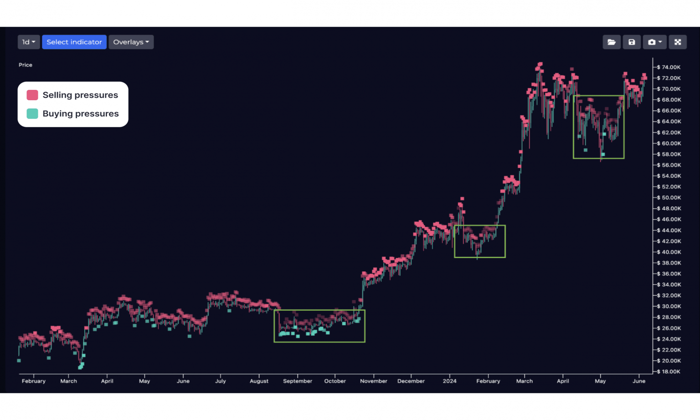In the rapidly evolving world of digital currencies, **crypto regulations** have become a focal point of discussion among industry stakeholders and policymakers alike. Recent developments from the Federal Reserve on crypto banking policies signal a pivotal shift in how financial institutions can engage with cryptocurrencies and stablecoins. The lifting of restrictions requiring banks to seek prior approval for stablecoin activities marks a significant win for innovation in the cryptocurrency sector. As the regulatory landscape changes, stakeholders must closely monitor updates to ensure compliance with the emerging federal reserve crypto guidelines and asset supervision frameworks. With such regulatory progress, the stability and legitimacy of digital assets are further reinforced, ultimately fostering a more conducive environment for blockchain technology development.
In the realm of digital finance, discussions surrounding cryptocurrency oversight have gained prominence as various regulatory bodies reconsider their approaches. These new directives indicate a step towards more standardized policies that govern the interactions between banking institutions and digital currencies. The recent amendments reflect a broader understanding of the dynamic nature of financial technology and the necessity of establishing clear stablecoin frameworks to foster growth. As financial authorities refine their strategies, they are not just addressing existing regulations but also paving the way for future innovations within the crypto sector. This evolving dialogue on cryptocurrency governance is vital for ensuring a balanced relationship between traditional banking sectors and the burgeoning world of digital assets.
Understanding the Federal Reserve’s Crypto Guidelines
The Federal Reserve has recently lifted restrictions on banks concerning their engagement with crypto assets and stablecoins. This altercation in its supervisory approach signifies a pivotal shift toward more innovation-friendly practices in the financial sector. By withdrawing the guidance imposed in 2022, the Fed essentially gives banks the freedom to navigate the evolving landscape of digital currencies without the hindrance of excessive regulatory oversight.
As part of this transition, financial institutions can now embark on crypto-related ventures without needing to seek prior approval from the Federal Reserve. This change is crucial in keeping pace with the rapid advancements in blockchain technology and digital assets, thereby enabling banks to better compete in a market that is increasingly leaning towards decentralized finance.
Frequently Asked Questions
What are the new Federal Reserve crypto guidelines for banks?
The Federal Reserve has recently lifted its previous requirements for banks regarding crypto asset and stablecoin activities. Under the new guidelines, banks no longer need to seek Fed approval or provide advance notice for engaging in crypto operations. This change aims to align regulatory practices with the evolving risks in the crypto market and to promote innovation in banking.
How do the recent stablecoin regulations impact banks?
The recent shift in stablecoin regulations allows banks to operate without prior approval from the Federal Reserve for their stablecoin activities. The elimination of this requirement marks a significant change, helping banks to engage more freely in the crypto space, thereby fostering innovation and reducing barriers to entry in the digital asset market.
What are the implications of the new crypto banking policies?
The new crypto banking policies mean that banks are subject to standard regulatory supervision rather than the previously mandated pre-clearance for crypto-related activities. This represents a major step towards integrating crypto assets into traditional banking systems, encouraging financial institutions to explore and innovate within the crypto landscape.
How does the recent shift affect crypto asset supervision by banks?
With the adjustment in crypto asset supervision, banks are no longer required to notify the Federal Reserve of their crypto operations. This change indicates a move towards more flexible supervision, allowing banks to adapt quickly to market opportunities in the crypto sector and enhance their services without the fear of excessive regulatory constraints.
What does the withdrawal of guidance mean for banks engaging in crypto activities?
The withdrawal of previous guidance signals a significant easing of restrictions for banks engaging in crypto activities. This means that banks can now participate in the crypto ecosystem more freely, without the need to seek prior approval from the Fed. This shift aims to support innovative practices in the banking industry related to digital assets.
Are there any recent developments in federal regulations on crypto assets?
Yes, recent developments have shown a favorable trend in federal regulations concerning crypto assets. Following the Federal Reserve’s changes, other regulatory bodies like the OCC have also revised their policies to encourage banking participation in crypto markets. This supportive regulatory framework is designed to promote innovation while managing associated risks.
What role do crypto regulations play in the banking industry’s future?
Crypto regulations are essential for shaping the banking industry’s future as they define how financial institutions can interact with digital assets. The recent policy changes by the Federal Reserve and other regulators create a more conducive environment for banks to innovate with crypto solutions and integrate digital currencies into their business models.
How do changes in crypto regulations affect financial institutions’ access to traditional banking services?
Changes in crypto regulations help improve financial institutions’ access to traditional banking services by reducing barriers that previously hindered their interactions with banks. The lifting of restrictive policies allows crypto-related businesses to obtain banking services more easily, thereby supporting their growth and operational capabilities.
| Key Point | Details |
|---|---|
| Fed Lifts Crypto Restrictions | Banks no longer need Fed approval for stablecoin operations. |
| Regulatory Shift | The Fed is aligning its supervisory approach with evolving risks. |
| Rescinded Guidelines | Removal of advance notification requirements for crypto activities by banks. |
| Standard Supervision | New rules place banks under regular regulatory supervision without pre-clearance. |
| Positive Developments | Positive outcomes under current administration promote the crypto industry. |
| Reduced Enforcement | DOJ and SEC reduce their focus on crypto-related prosecutions. |
Summary
Crypto regulations in the United States are undergoing a significant transformation, with the Federal Reserve lifting previous restrictions on banks regarding stablecoin operations. This reversal reflects a broader trend of regulatory bodies adapting to the dynamic landscape of the cryptocurrency market, and aims to foster innovation while maintaining necessary oversight. The recent rescinding of requirements for banks to notify the Fed about their crypto activities marks a pivotal moment for the industry, potentially leading to increased participation from financial institutions in the crypto space. Overall, these developments can enhance the future of crypto regulations by creating a more favorable environment for innovation and growth.
In recent months, global discussions surrounding crypto regulations have intensified, particularly following the Federal Reserve’s groundbreaking decision to ease restrictions for banks involved in digital currency operations. By removing the requirement for banks to seek prior approval for stablecoin activities, the Fed has opened the door to innovative financial practices that could reshape the banking industry’s approach to crypto. This shift aligns with the evolving landscape of crypto asset supervision and underlines the need for cohesive and responsive crypto banking policies. The implications of these regulatory changes are significant, providing a new framework for stability within the realm of decentralized finance. As a result, the stage is set for expanded participation from financial institutions and a more integrated approach to cryptocurrency, ultimately benefiting consumers and businesses alike.
The landscape of digital currency oversight has undergone a transformative shift, particularly with recent updates to financial institutions’ guidelines on handling virtual assets. Regulatory bodies, such as the Federal Reserve, have begun implementing more flexible frameworks that encourage banks to explore opportunities within the realm of cryptocurrency and stablecoins. As financial systems adapt to these changes, institutions can now operate under clearer guidelines, paving the way for enhanced innovation in banking sectors worldwide. This evolution in governance not only fosters a healthy climate for cryptocurrencies to flourish but also reassures stakeholders about risk management and compliance. With improved governance, the path forward is promising for both traditional banks and the evolving crypto economy.















